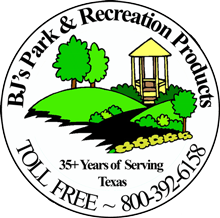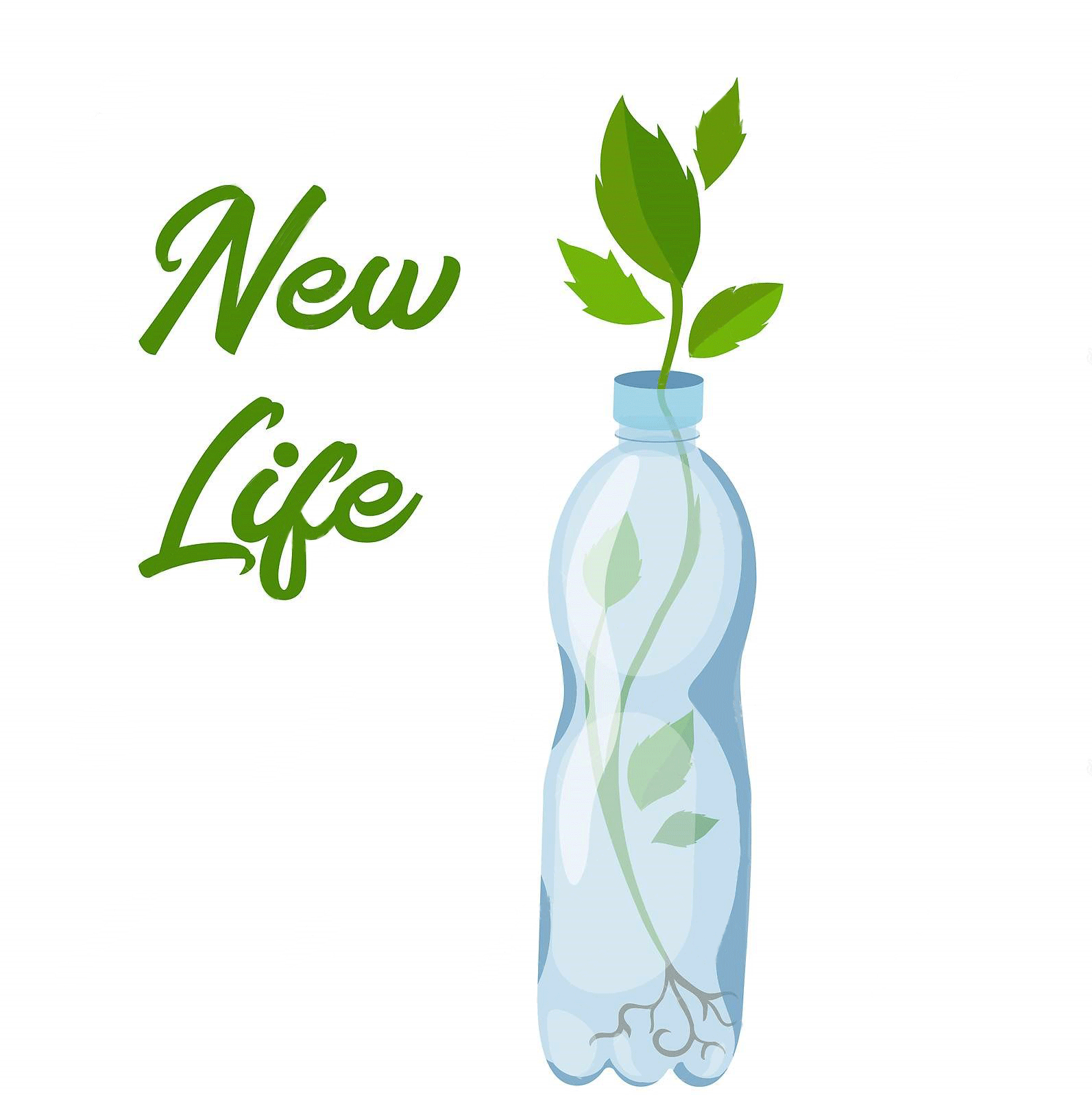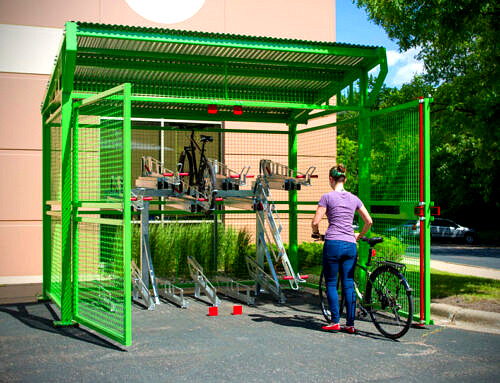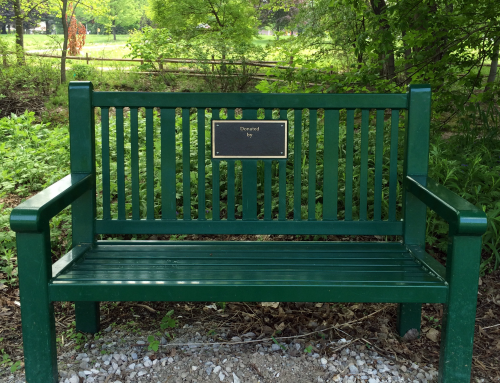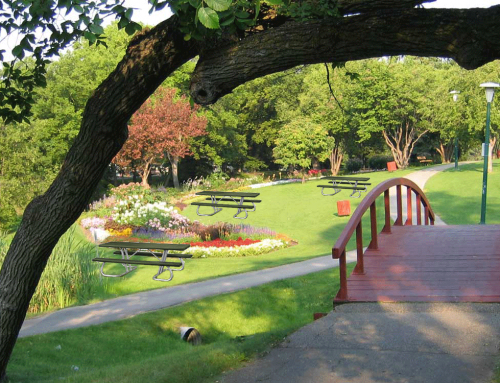Benefits of Using Recycled Plastic in Parks
What is Recyclable?
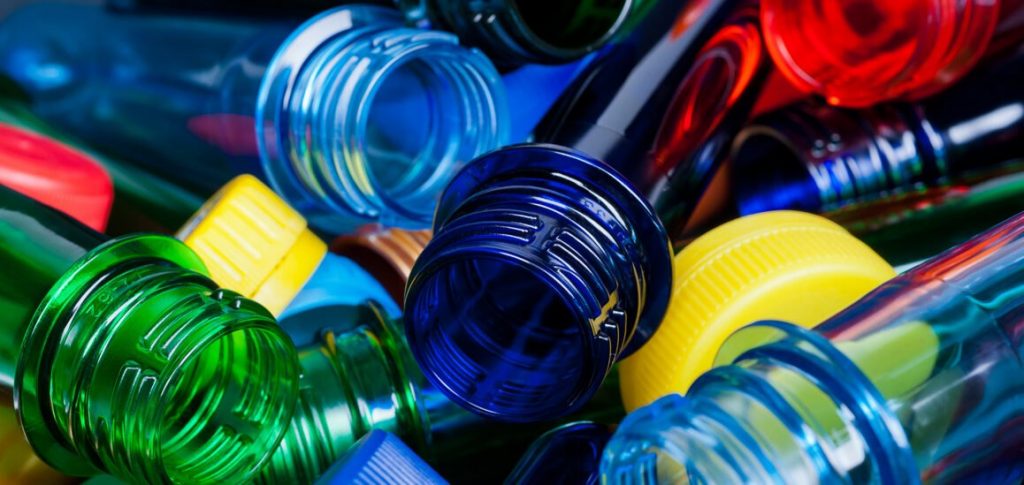
How can something like a plastic water bottle end up as a durable and attractive park bench or picnic table? Generally, furnishings are made when high-density polyethylene (HDPE) is recycled. It is cleaned, shredded, ground and then melted with certain compounds (usually pigments to provide color and a “stabilizer” to help with UV resistance). Then special machines known as extruders will take the melted HDPE and form it into the different required shapes. A great advantage of recycled plastic is that it can be molded into an array of attractive styles. In fact, recycled plastic benches, for example, can be ordered in traditional park bench styles or resemble wooded park benches of yesteryear. Also, there is an array of appealing colors that can be chosen to coordinate with the park setting, city complexion or school colors. HDPE often replaces heavier materials which help companies and individuals alike pursue sustainable and affordable manufacturing and project goals. Thanks to its high malleability, rigid strength, and corrosion resistance, HDPE is the perfect combination of strength, cost-efficiency, and environmental friendliness. Plus, our products are manufactured in the USA, so this effort supports American businesses and workers!
Park Benefits and the Environment
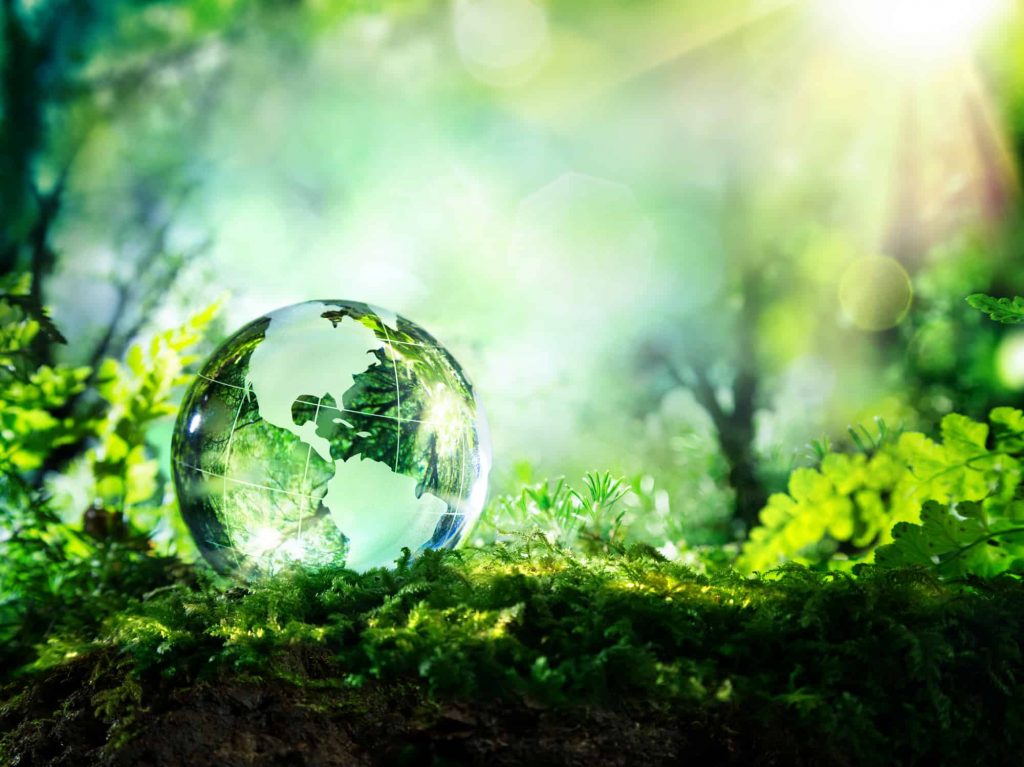
The next time you walk to the park you should take a moment to consider the many benefits that come from parks. They are green spaces that ensure we each have at least a small space to feel in touch with nature. They are places where kids and adults can run around, play games, and have fun. They are wonderful spots for socialization and human interaction (as well as the new trend in dog parks where our pets can play too). Clearly, they are places that we should strive to protect!
Recycled Plastic and the Environment

And to add to those accolades, did you know that there is another way that parks can be of benefit? They are one of the biggest consumers of recycled plastic furniture. That doesn’t sound like a lot when said so simply, but the use of recycled plastic in such quantities does mean a lot. In fact, the processes by which recycled plastic park furnishings are made can save the environment from a tremendous amount of damage. And this is not some far away rainforest we are describing. It is your local community and the air and water around you. Consider that recycling plastics actually saves a huge amount of energy in your local grid while simultaneously preventing toxins from spilling into the air.
Recycled Plastic Site Amenities and the Environment
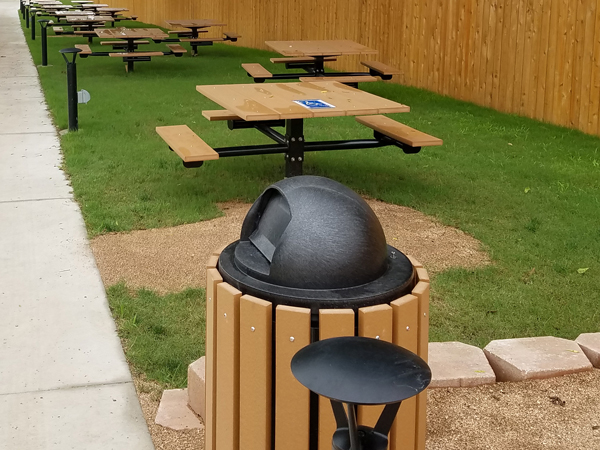
It is the widespread use of recycled plastic furnishings that is becoming a truly great way to use such beneficial processes and materials. From reducing landfill waste to lowering overall material costs, there are so many benefits to landscaping with recycled materials. For example, a very brief list of the things that can be utilized in local parks from recycled plastics include:
- Park Benches
- Park Picnic Tables
- Park Receptacles
- Park Signage
- Planters and Raised Bed Boarders
- Playground Slides and Attachments
- Playground Fall Surface Boarders
- Walkway Surfacing
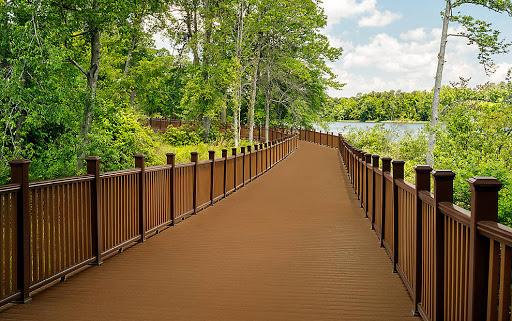
Now, that pretty much sums up everything in a park apart from the playground core, buildings, and shade shelters. This constitutes a lot of material, and when the park is furnished with recycled plastic park furniture it means that an enormous amount of waste was kept out of the landfill and used to make comfortable furnishings and useful items.
Beyond Landfill Diverting
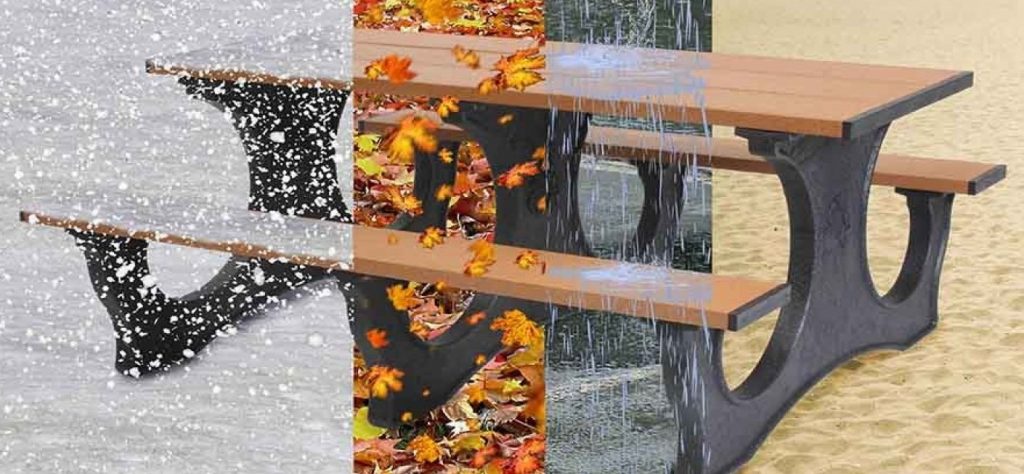
Of course, diverting materials from landfills is not where the story ends. The environmental and financial benefits of recycled plastic park furniture are extensive and include:
- They do not contain harmful compounds and do not contaminate the park
- They are usually recyclable and can be processed and reused to make new items later
- They are non-toxic
- They cut down on deforestation and pollution
- They require little maintenance
- They do not age like other furnishings and often last for 50 years
- They do not stain, crack, peel or splinter
- They are waterproof
- They resist UV rays
- They do not attract insects or bacteria
- They are resistant to mold and mildew
- They are easy to clean
And this is only a partial list of the benefits of choosing recycled plastic furniture for a park or a playground.
How the Environment Benefits

What is most interesting about the use of recycled plastic in park furnishings is that it is often made from HDPE which is the most abundant type of recycled plastic and is often handled at the local level. So, in addition to diverting plastic waste from landfills, it also helps the local economy and recycling firms by channeling this material into a beneficial process. It also prevents the creation of PVC from occurring. Though this is a popular type of plastic for many industries, it is known to emit harmful gases. The use of HDPE instead, and the local nature of it, means that far fewer fumes and harmful gases will be created through manufacturing and shipping.
Fun Facts
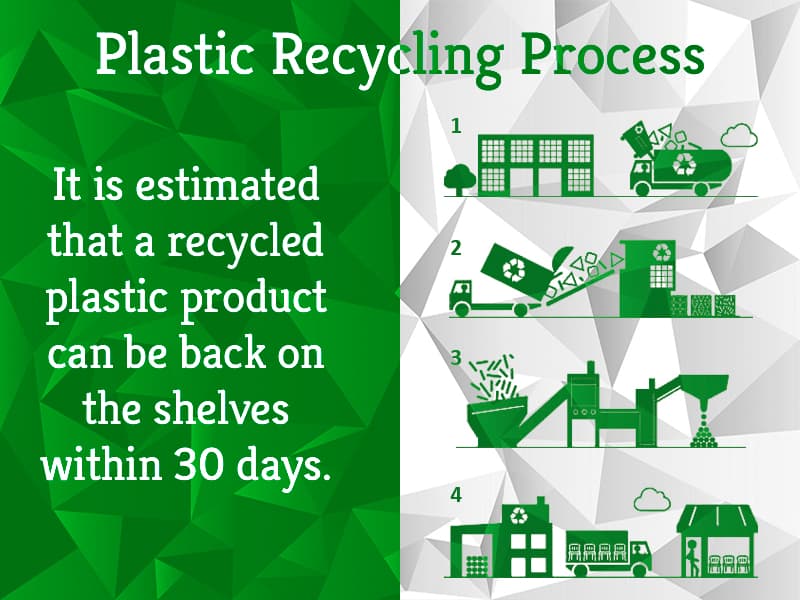
- In 2009, 94% of Americans have access to plastic bottle recycling. – Keep America Beautiful
- Recycling 10 plastic bottles saves enough energy to power a laptop computer for over 24 hours. – Environmental Protection Agency
- Enough plastic is produced in the US each year to shrink wrap Texas. – Benefits of Recycling
- Recycling plastic saves twice as much energy than incinerating it. – Recycling Facts
- About 28% of HDPE milk jugs and water bottles are recycled. – Environmental Protection Agency
Benefits of Future Generations
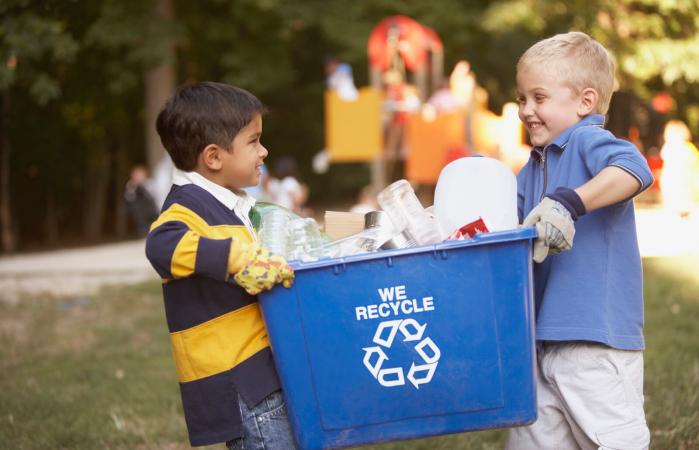
Our landfills are quickly running out of space. Not to mention, our oceans are overflowing with so much pollution that it is estimated there will be more plastic in the oceans than fish within the next 40-years. You can help our planet solve the pressing trash conundrum by purchasing products made from recycled materials. Our planet only has so much to give before it runs out of raw resources. When you go with recycled landscaping materials, you help reduce the burden of plucking more raw resources and then polluting the atmosphere to manufacture them. The more materials we recycle and reuse, the more resources we preserve for the future. This helps ensure we don’t fly through available supplies and leave nothing for future generations.
Bragging Rights
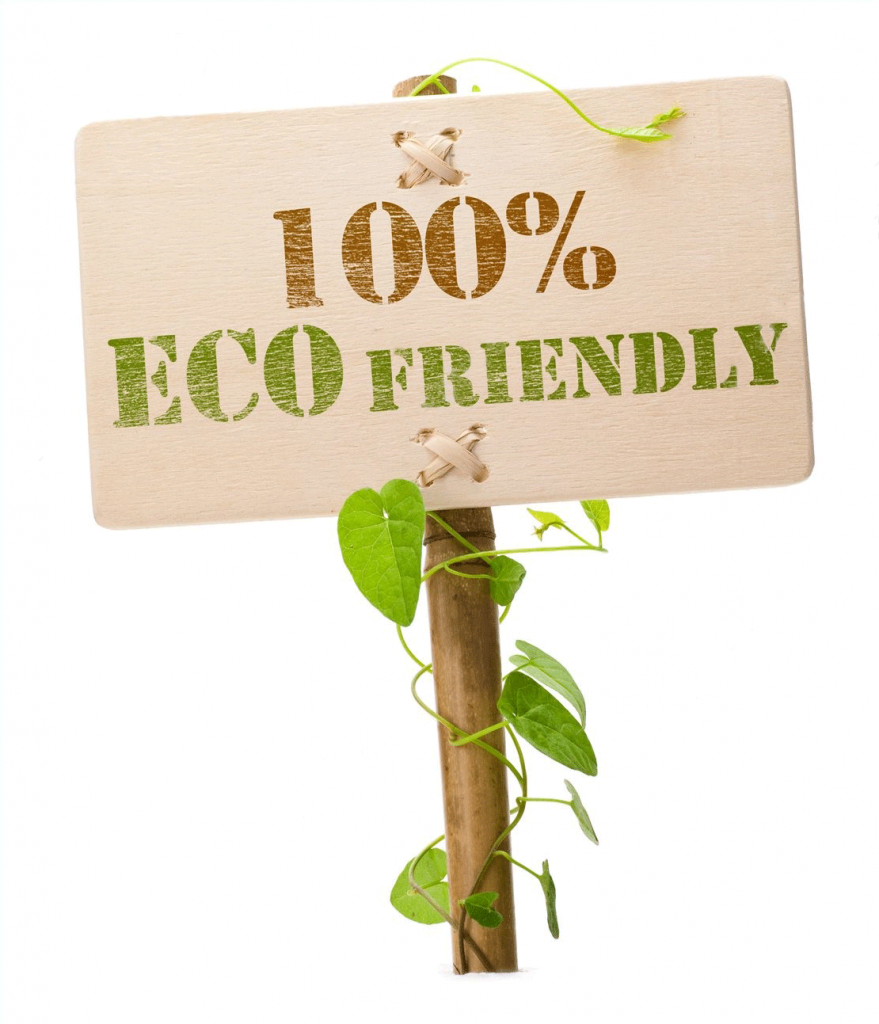
Recycled landscaping materials help you save money and do right by our planet. Without this beautiful planet we call home, we’d have nothing. You can reduce your ecological footprint and live a greener life by seeking sustainable recycled materials. In the process, you help inspire others to do the same. Feel free to show off your good deed? Add eco-friendly landscaping signs around your property or post a blog about why your business chose eco-friendly recycled material. You have every right to toot your horn and let others know you care about this planet and its future sustainability.
Get Certified
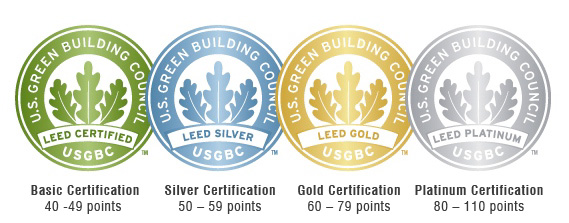
The newest way to support protecting the environment and going green is to become Leadership in Energy & Environmental Design (LEED) certified. LEED is an accreditation that is given to vendors, products, projects, designers or builders. The brand “LEED” is the new “green” when referring to a firm or organization that is environmentally conscious. LEED is an internationally recognized certification program offered and regulated by the U. S. Green Building Council (USGBC) that recognizes best-in-class building strategies and practices for “green” building. To obtain LEED Certification, every part of the construction process matters, right down to the materials you use to landscape with. By using eco-friendly recyclable materials approved for LEED points or credits, you can better your chances of securing the prestigious and advantageous title.
Encouraging Future of Recycling
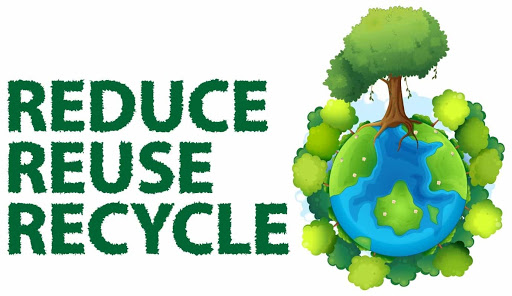
Here are some very encouraging facts from the Institute of Scrap Recycling.
- Plastic is still a popular material. From 2004 to 2016 global plastic production grew from 225 million metric tons to 335 million metric tons.
- Nearly 1.5 billion pounds of post-consumer non-bottle rigid plastics were collected in 2016, which is four times the amount collected in 2009.
- In 2017 the US exported more than 1.5 million tons in plastic scrap.
- There is up to an 87% reduction in the amount of energy required when manufacturing recycled plastic products rather than from virgin materials.
- Those recycled products are put to good use, but we need plenty of them. It takes 376 milk jugs to create one recycled plastic Adirondack chair. To make a six-foot park bench, about 3400 milk jugs are required. For a six-foot picnic table, the amount increases to 6300 milk jugs.
- According to the EPA, only about 30% of high-density polyethylene (HDPE) No. 2 plastic used to make items such as milk jugs or laundry detergent containers is recycled.
Bottom Line
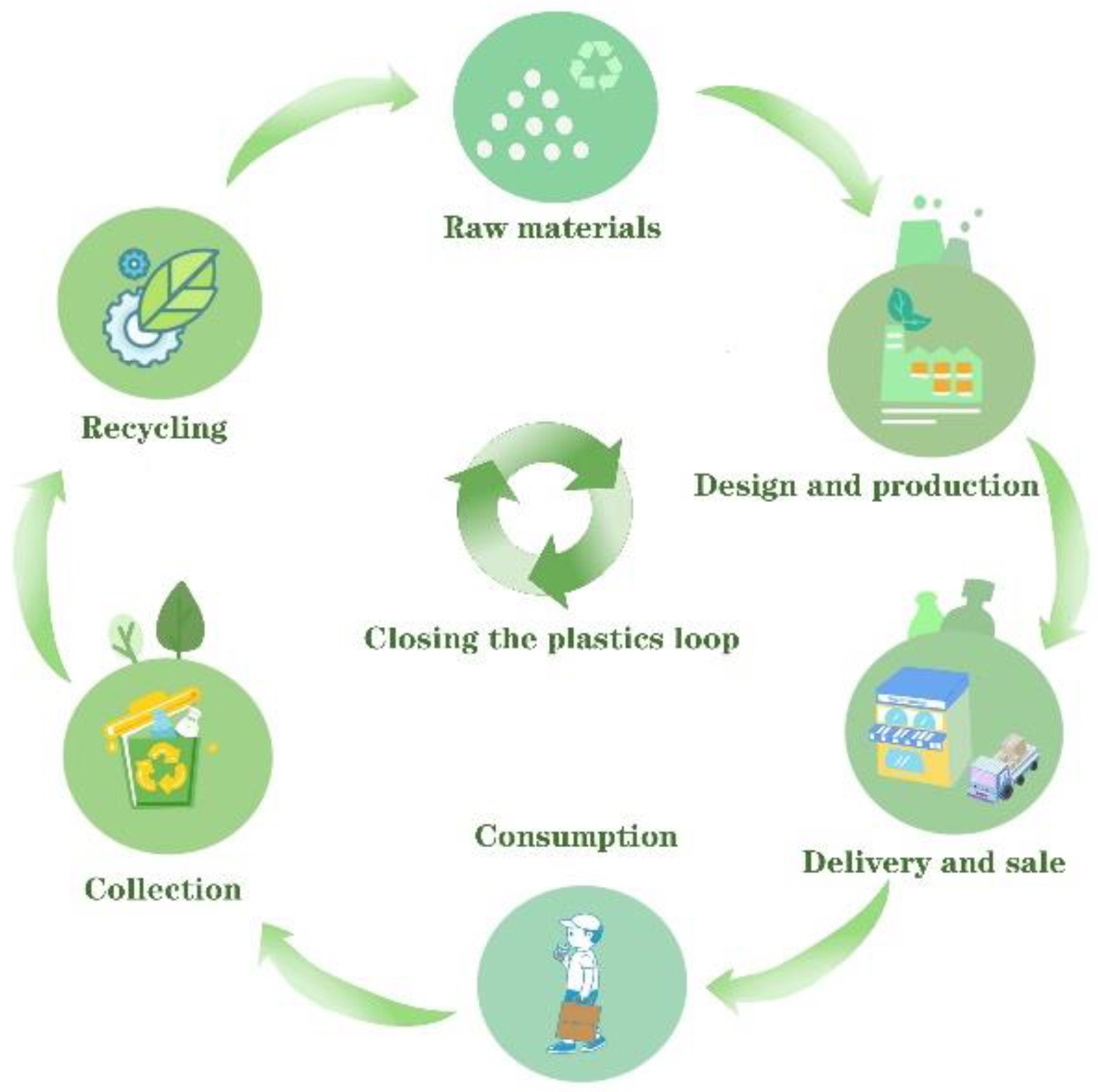
How much used plastic do you think is required to create reusable park accessories? According to one firm, an average playground unit with all the plastic parts being made of HDPE recycled plastic can take around 25,000 milk jugs (gallon size) to create. That is a lot of waste for a fun, creative and useful item! So, the next time you take a seat at the nearest park or sit down to enjoy your lunch at your child’s playground, take a moment to see if the furniture and surrounding equipment is made from recycled plastic. If so, it would have saved the environment a lot of wear and tear, and it was a wise investment on the part of the town, city, or school that purchased it!
